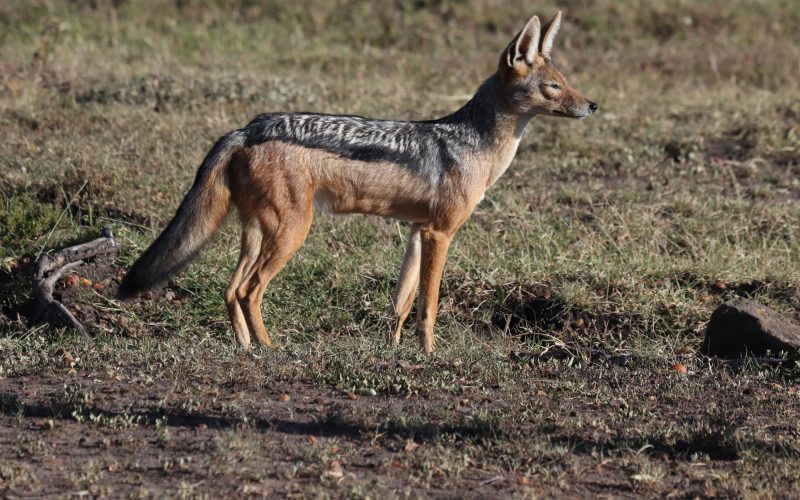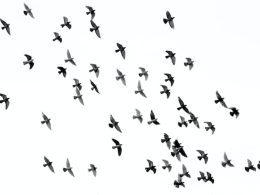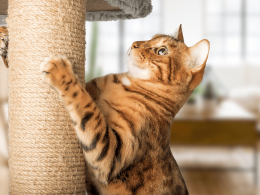Jackals are among the most adaptable and resourceful canids in the world, able to survive in a wide range of habitats and conditions. However, their populations are increasingly threatened by human activities such as habitat loss, hunting, and persecution. In this article, we’ll take a look at the conservation status of jackals worldwide, and the efforts being made to protect these important animals.
Species and Distribution
There are three main species of jackals: the golden jackal (Canis aureus), the black-backed jackal (Canis mesomelas), and the side-striped jackal (Canis adustus). Golden jackals are found in Europe, Asia, and Africa, while black-backed and side-striped jackals are found in Africa. In addition, a hybrid species known as the “dhole-jackal” has been identified in Southeast Asia.
Threats to Jackals
Despite their adaptability, jackals face a range of threats to their survival, many of which are driven by human activities. Habitat loss and fragmentation are major threats, as urbanization, agriculture, and development continue to encroach on wild areas. Hunting and persecution are also significant threats, as jackals are often killed for their fur, meat, or as a perceived threat to livestock or game animals.
In addition, jackals are vulnerable to diseases such as rabies and distemper, which can be transmitted by domestic dogs. In areas where jackals and dogs coexist, there is a risk of disease transmission and competition for resources, which can further threaten jackal populations.
Conservation Efforts
Despite these challenges, there are a number of conservation efforts underway to protect jackal populations around the world. In some areas, jackals are legally protected from hunting or persecution, and efforts are being made to reduce human-wildlife conflict through education and management programs. In addition, there are ongoing efforts to study and monitor jackal populations, to better understand their ecology and behavior and to inform conservation strategies.
One promising approach to jackal conservation is through ecotourism and community-based conservation. By promoting the value of jackals as a tourism attraction and engaging local communities in conservation efforts, it is possible to create a sustainable model for conservation that benefits both jackals and humans.
Conservation Status
The conservation status of jackals varies depending on the species and location. The IUCN Red List categorizes the golden jackal as “Least Concern” due to its wide distribution and adaptability, but notes that populations in some areas are declining due to habitat loss and hunting. The black-backed jackal is listed as “Least Concern” in southern Africa, but as “Near Threatened” in eastern Africa due to habitat loss and persecution. The side-striped jackal is listed as “Least Concern” in most of its range, but as “Vulnerable” in parts of West Africa due to habitat loss and hunting.
Conclusion
In conclusion, jackals are an important and adaptable species that face a range of threats to their survival. While their conservation status varies depending on the species and location, it is clear that human activities are a major driver of population declines. Through education, management, and conservation efforts, it is possible to protect and conserve jackal populations and promote coexistence between humans and wildlife. By doing so, we can ensure a brighter future for these resourceful canids and the ecosystems they inhabit.












